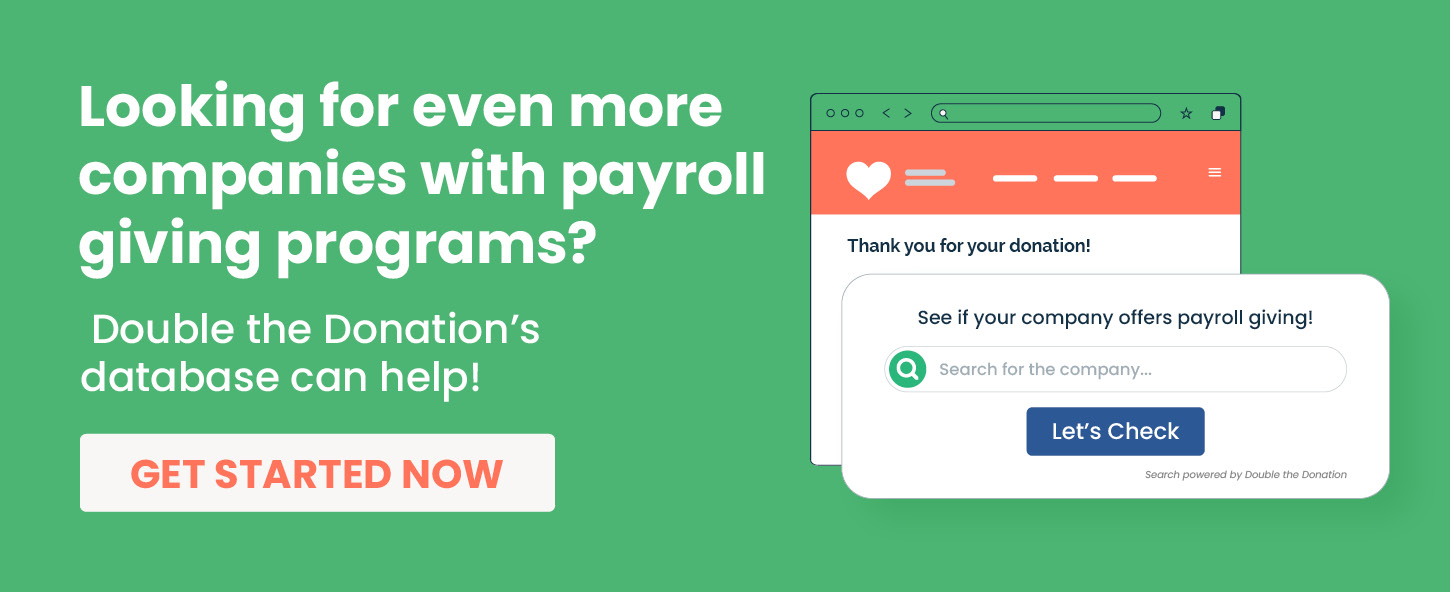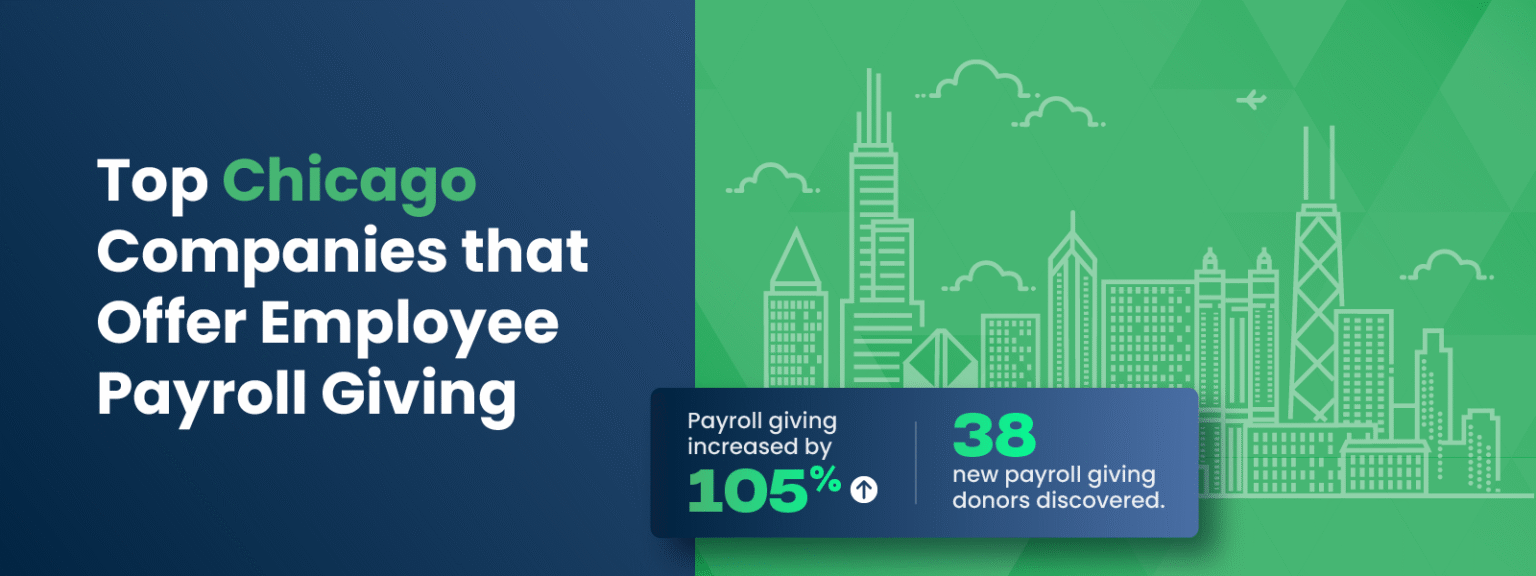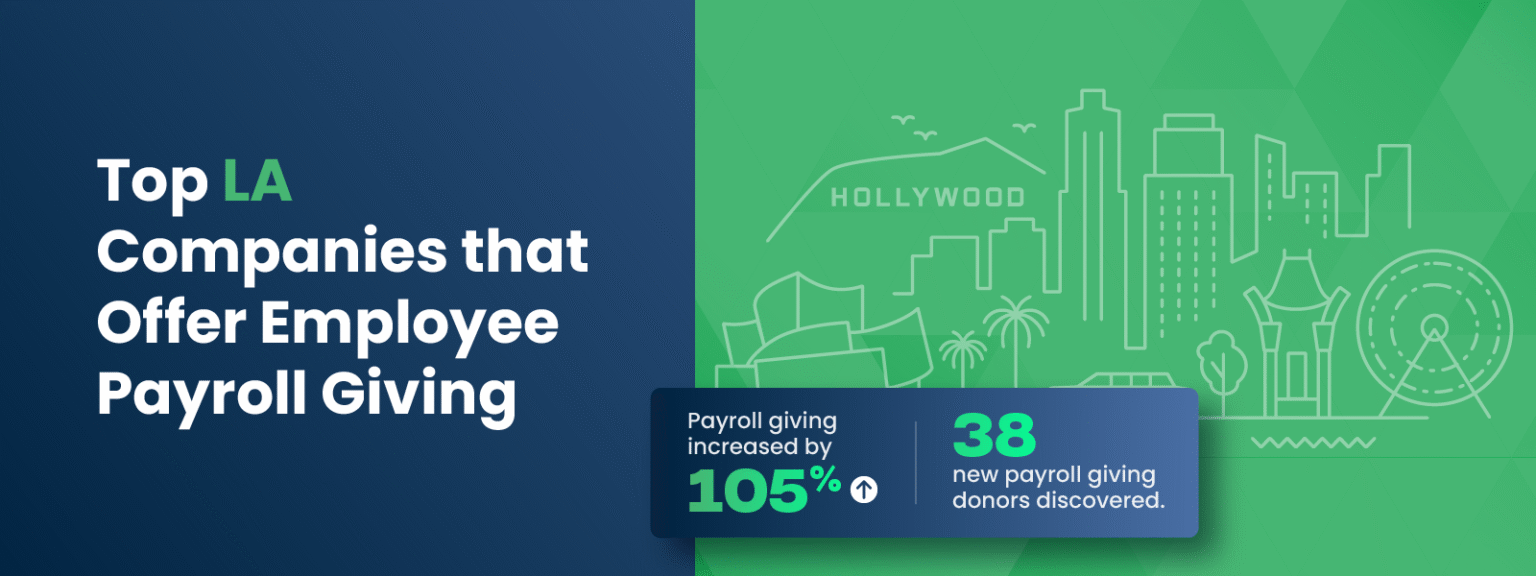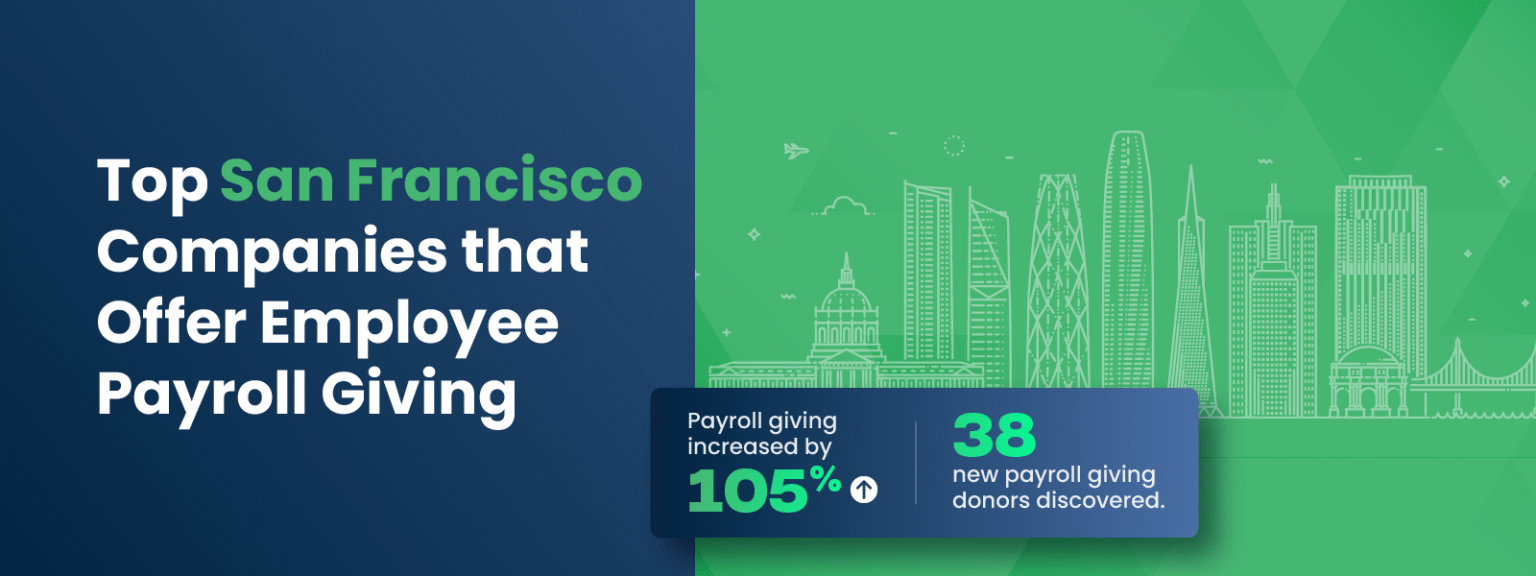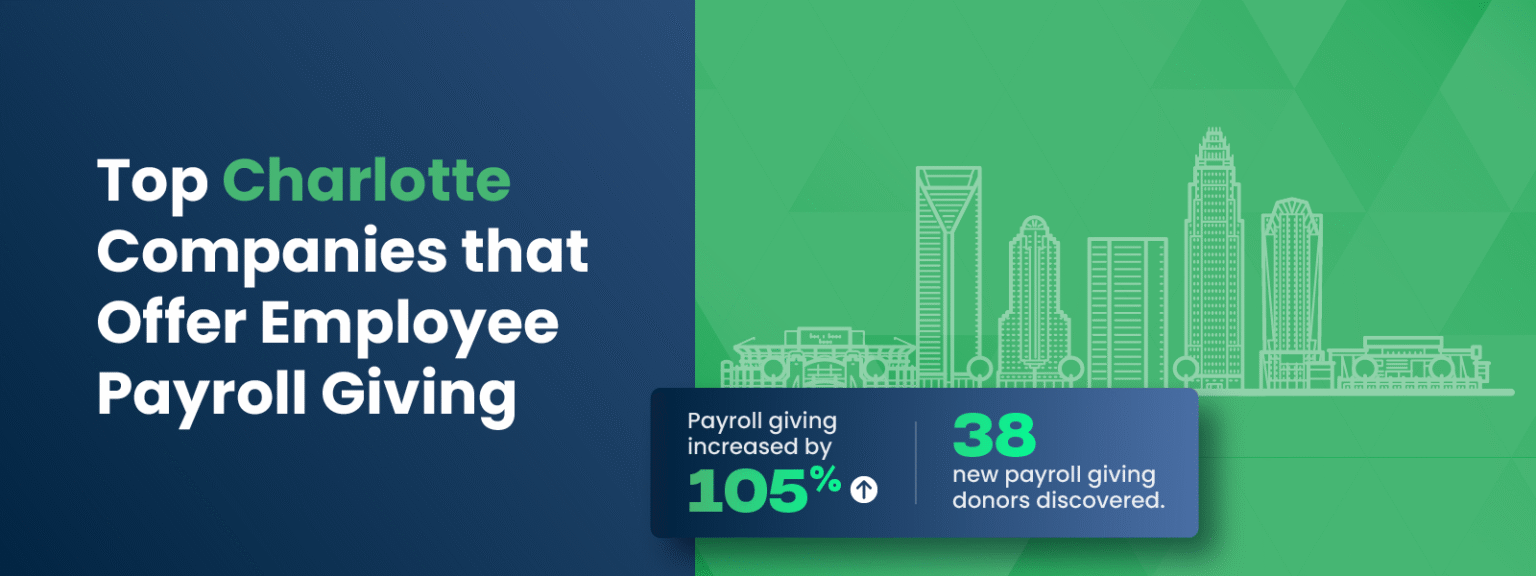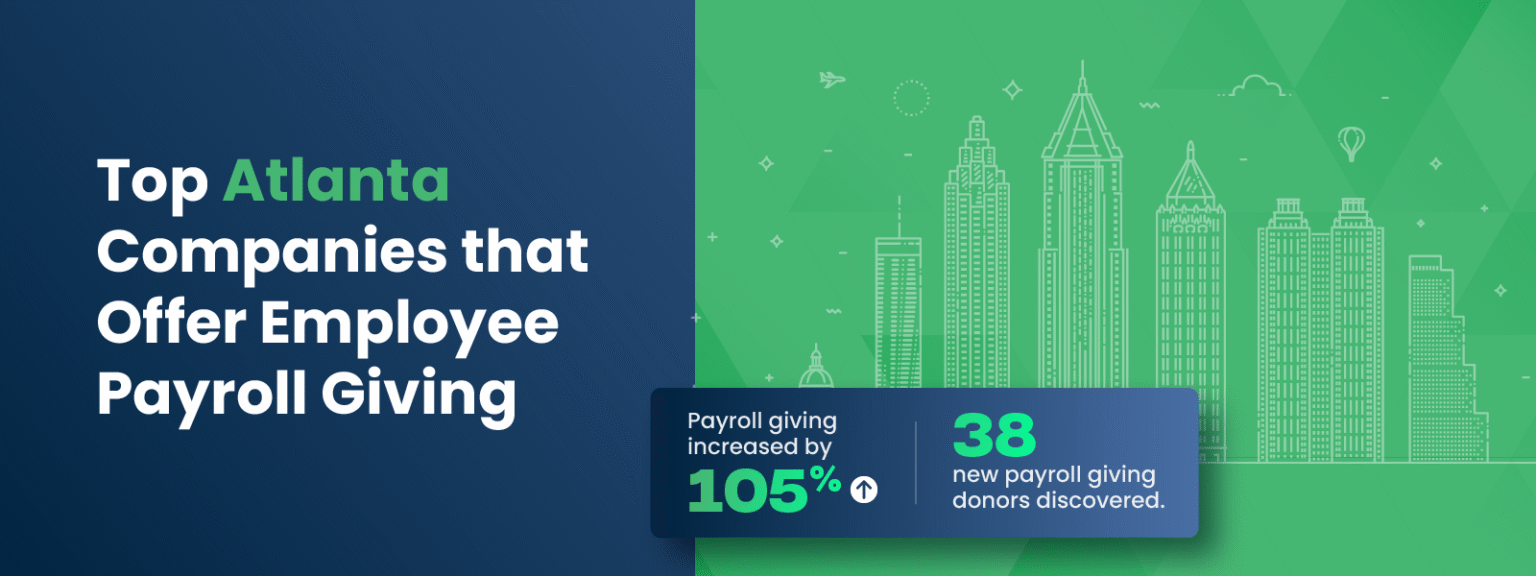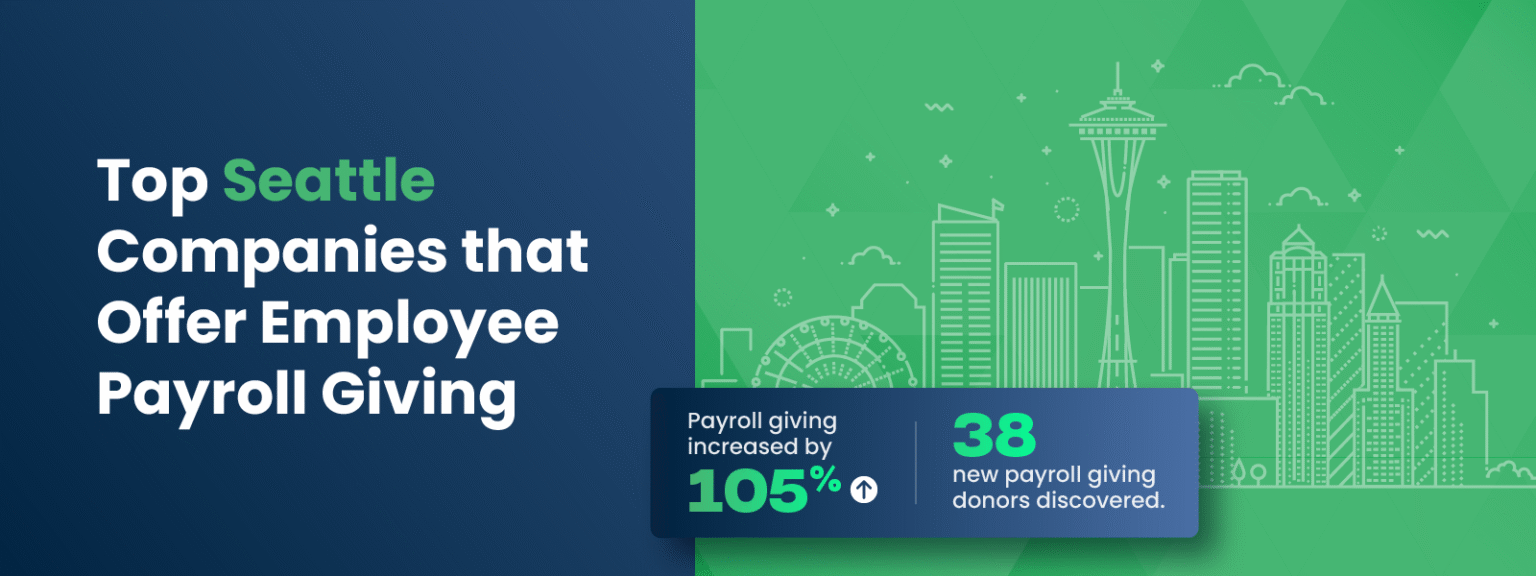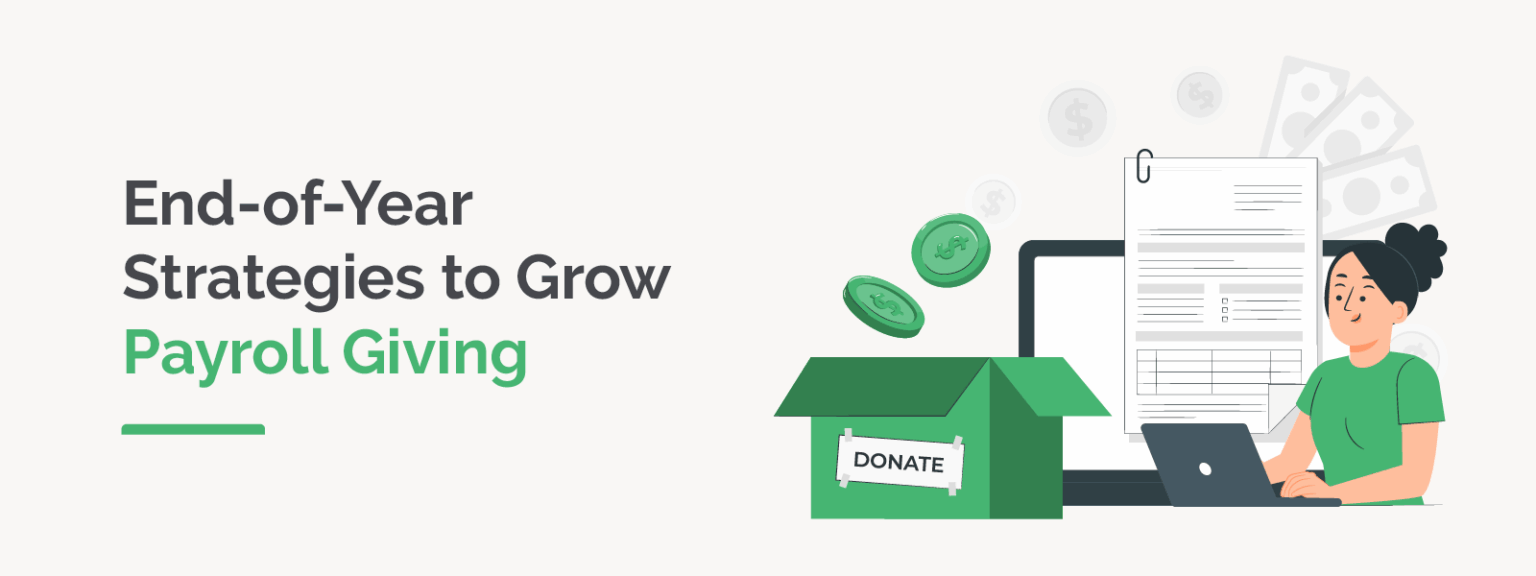Top Phoenix Companies that Offer Employee Payroll Giving
Phoenix, Arizona, stands as a vibrant and growing metropolitan area known for its dynamic economy and diverse corporate landscape. As one of the largest cities in the United States by population, Phoenix has become a significant hub for business innovation, technology, and philanthropy. This thriving environment has fostered a strong culture of corporate social responsibility, with many companies actively engaging in employee payroll giving programs to support local and national nonprofits.
Employee payroll giving programs allow workers to contribute a portion of their paycheck directly to charitable organizations, often with the added benefit of employer matching contributions. In Phoenix, several major companies have embraced these initiatives, recognizing the positive impact they can have on communities and the causes their employees care about. This article explores some of the top Phoenix-based companies offering payroll giving programs, providing valuable insights for nonprofits looking to engage with these corporate partners.
What to Know About Major Phoenix Companies in the Corporate Giving Space
Phoenix is not only a bustling city with a rich cultural heritage but also a powerhouse in the corporate world. Its strategic location, favorable business climate, and growing population have attracted numerous companies, making it a fertile ground for corporate philanthropy and nonprofit collaboration.
Understanding the corporate giving landscape in Phoenix requires a look at the city’s economic and business profile. Here are some key points to consider:
- Economic Significance: Phoenix ranks as the fifth-largest city in the United States by population, with a metropolitan area that supports a diverse economy spanning technology, finance, manufacturing, and healthcare.
- Corporate Headquarters: The city is home to over 20 Fortune 1000 companies, including several Fortune 500 firms, underscoring its importance as a corporate hub.
- Key Industries: Technology, financial services, telecommunications, and software development dominate the local economy, with companies like American Express, GoDaddy, and Cisco leading the way.
- Nonprofit Presence: The strong corporate presence has attracted a vibrant nonprofit sector, with many organizations headquartered or operating extensively in Phoenix, benefiting from corporate partnerships and employee giving programs.
- Corporate Philanthropy Culture: Many Phoenix companies have established formal workplace giving programs, including payroll giving, matching gifts, volunteer grants, and more, reflecting a commitment to social responsibility and community engagement.
This robust ecosystem creates a fertile environment for nonprofits to connect with corporate donors and employees who are eager to support charitable causes through payroll giving and other workplace philanthropy initiatives.
Corporate Giving Statistics in Phoenix
- Over 20 Fortune 1000 companies operate in the Phoenix metropolitan area.
- Several companies rank within the Fortune 500, highlighting the city’s economic clout.
- Employee participation rates in payroll giving programs tend to be higher in companies with strong corporate social responsibility policies.
- Many Phoenix-based companies offer matching gift programs that complement payroll giving, doubling or even tripling employee donations.
These factors combine to make Phoenix a prime location for nonprofits seeking to maximize their fundraising potential through corporate partnerships and employee giving programs.
Companies in Phoenix That Offer Payroll Giving Programs
Many leading companies in Phoenix have embraced payroll giving programs as part of their broader corporate philanthropy strategies. These programs enable employees to make charitable contributions directly from their paychecks, often with the added incentive of employer matching. Below, we explore some of the most prominent companies in Phoenix offering these programs, detailing their eligibility criteria, matching policies, and other relevant information.
American Express
American Express is a global financial services company with a significant presence in Phoenix. Known for its credit card, travel, and financial products, American Express has a strong commitment to corporate social responsibility.
The company offers a comprehensive payroll giving program available to all full-time employees. Participants can designate a portion of their paycheck to eligible nonprofits, with a minimum contribution amount typically set at $10 per pay period. American Express matches employee donations at a 1:1 ratio, effectively doubling the impact of each gift.
Eligible charities include a wide range of 501(c)(3) organizations, with some restrictions on political or religious entities. The program encourages employees to support causes aligned with their values, and the company often promotes special giving campaigns during the year to boost participation.
Learn more about the program here.
Apple
Apple, a global leader in technology and innovation, maintains a significant workforce in the Phoenix area. The company’s philanthropic efforts include a robust payroll giving program designed to empower employees to contribute to charitable causes easily.
Apple’s payroll giving program is open to all employees, with no minimum contribution required, allowing for flexible giving options. The company matches employee donations up to $5,000 annually, with a 1:1 match ratio. This generous matching policy encourages sustained employee engagement in philanthropy.
Apple also supports a broad spectrum of nonprofits, focusing on education, environmental sustainability, and human rights. Employees can select from a curated list of eligible organizations or nominate new ones for inclusion in the program.
Learn more about the program here.
Microsoft
Microsoft, a global software and technology giant, has a strong presence in Phoenix and is known for its extensive corporate giving initiatives. The company’s payroll giving program is a key component of its employee engagement strategy.
Eligible employees can contribute a portion of their paycheck to qualified nonprofits, with a minimum contribution threshold of $5 per pay period. Microsoft matches employee donations dollar-for-dollar up to $10,000 annually, making it one of the more generous programs in the region.
The program supports a wide array of charitable causes, including education, technology access, and community development. Microsoft also offers additional giving opportunities such as matching gifts and volunteer grants, complementing the payroll giving program.
Learn more about the program here.
GoDaddy
GoDaddy, a leading web hosting and domain registration company headquartered in Scottsdale near Phoenix, offers a payroll giving program that reflects its commitment to community support and employee involvement.
The program is available to all full-time employees, with a minimum contribution of $5 per paycheck. GoDaddy matches employee donations at a 1:1 ratio, doubling the impact of each gift. The company emphasizes support for local nonprofits, particularly those focused on education, entrepreneurship, and technology access.
Employees can choose from a list of pre-approved charities or suggest new organizations for inclusion. GoDaddy also promotes volunteer opportunities and other workplace giving initiatives to complement payroll donations.
Learn more about the program here.
Google, a global technology leader with offices in Phoenix, offers a comprehensive payroll giving program as part of its broader corporate philanthropy efforts. The company encourages employees to support causes they care about through convenient payroll deductions.
All full-time employees are eligible to participate, with no minimum contribution required. Google matches employee donations at a 1:1 ratio up to $10,000 annually. The company supports a wide range of nonprofits, including those focused on education, technology, and social justice.
Google’s payroll giving program is integrated with its matching gift platform, allowing employees to maximize their charitable impact. The company also offers volunteer grants and other giving opportunities to foster employee engagement.
Learn more about the program here.
SAP
SAP, a global leader in enterprise software headquartered in Germany but with a significant presence in Phoenix, offers a payroll giving program designed to encourage employee philanthropy and community involvement.
The program is open to all employees, with a minimum contribution of $10 per pay period. SAP matches employee donations at a 1:1 ratio, doubling the value of each gift. The company focuses on supporting education, environmental sustainability, and social innovation through its giving initiatives.
Employees can select from a broad list of eligible nonprofits or propose new organizations for inclusion. SAP also promotes volunteerism and other corporate social responsibility activities to complement payroll giving.
Learn more about the program here.
Cisco
Cisco, a global leader in networking technology with a strong presence in Phoenix, offers a well-established payroll giving program as part of its commitment to corporate citizenship.
Eligible employees can contribute a portion of their paycheck to qualified nonprofits, with a minimum contribution of $5 per pay period. Cisco matches employee donations at a 1:1 ratio up to $10,000 annually, encouraging sustained employee participation.
The program supports a wide range of causes, including education, disaster relief, and technology access. Cisco also offers matching gifts, volunteer grants, and other workplace giving programs that complement payroll donations.
Learn more about the program here.
Explore More Phoenix Payroll Donation Programs with a Workplace Giving Database
While the companies highlighted above represent some of the most prominent payroll giving programs in Phoenix, many other businesses in the region and beyond offer a variety of corporate philanthropy initiatives. These include matching gift programs, volunteer grants, volunteer time off (VTO), and more, providing nonprofits with numerous opportunities to engage corporate partners and their employees.
Discovering and leveraging these opportunities can be challenging without the right tools. That is where a workplace philanthropy database like Double the Donation becomes invaluable. Such databases compile comprehensive information about companies’ giving programs, making it easy for nonprofits to identify potential corporate partners and understand the specifics of their payroll giving and other philanthropy initiatives.
Using a workplace giving database allows nonprofits to:
- Search for companies offering payroll giving programs and other corporate giving opportunities in Phoenix and nationwide.
- Access detailed eligibility criteria, contribution limits, and matching gift ratios to tailor outreach efforts effectively.
- Identify and target companies whose philanthropic priorities align with the nonprofit’s mission.
- Embed a user-friendly database plugin on their payroll giving or donation pages, enabling supporters to quickly check their eligibility and maximize their impact.
By integrating such a database into their fundraising strategy, nonprofits can streamline their corporate engagement efforts, increase donations, and build lasting partnerships with businesses committed to social responsibility.
Wrapping Up & Final Thoughts
Phoenix’s vibrant corporate landscape offers a wealth of opportunities for nonprofits to engage with companies through employee payroll giving programs and other workplace philanthropy initiatives. Major companies like American Express, Apple, Microsoft, GoDaddy, Google, SAP, and Cisco have established robust payroll giving programs that empower employees to support charitable causes conveniently and effectively.
These programs often include employer matching contributions, amplifying the impact of employee donations and providing nonprofits with a valuable source of recurring support. Beyond payroll giving, many companies also offer matching gifts, volunteer grants, and other philanthropic programs that nonprofits can leverage to boost their fundraising efforts.
Nonprofits looking to maximize their impact in Phoenix and beyond should explore these corporate giving opportunities actively. Utilizing tools like workplace giving databases can simplify the process of identifying and connecting with companies that align with their mission, unlocking new streams of support and fostering meaningful partnerships.
Unlock More Payroll Giving Potential with Double the Donation
Double the Donation’s Payroll Giving Module empowers nonprofits and schools to tap into a powerful but underutilized source of recurring support—payroll donations. With minimal lift, you can identify eligible donors, alert them of their eligibility and next steps, and unlock new, sustained corporate giving revenue. The Payroll Giving Module is powered by our Matching Gift and Volunteer Grant tools, and is a valuable tool to complete your workplace giving strategy—turning a single piece of employment data into multiple revenue opportunities.
With Double the Donation’s full suite of tools, your organization can uncover payroll giving eligibility automatically through supporter employment data, provide donors with clear, actionable next steps through a website plugin, and streamline follow-up with in-platform insights, dashboards, and built-in marketing templates. These features drive recurring donations that lead to longer-term corporate engagement and sponsorships.
Key features and benefits include:
- Payroll Donation Data in Database: Instantly identify companies offering payroll giving, matching gifts, and volunteer grants—no more manual research.
- Payroll Giving Plugin for Your Website: Embed a simple, intuitive tool on your site that helps donors check eligibility and get started.
- Payroll Essentials Dashboard: Whenever a donor enters your system, we automatically screen for payroll giving opportunities, flag them, and help you take action.
- Resources Tab: Access ready-to-use templates for emails, social posts, and website copy to boost your payroll giving promotion with ease.
Double the Donation’s Payroll Giving Module is designed to work seamlessly alongside our Matching Gifts and Volunteer Grant tools—so you never miss a chance to drive more support from employers. From recurring gifts to corporate sponsorship leads, our tools connect the dots across all aspects of workplace giving. To explore how your nonprofit can benefit, learn how you can grow payroll giving revenue.


